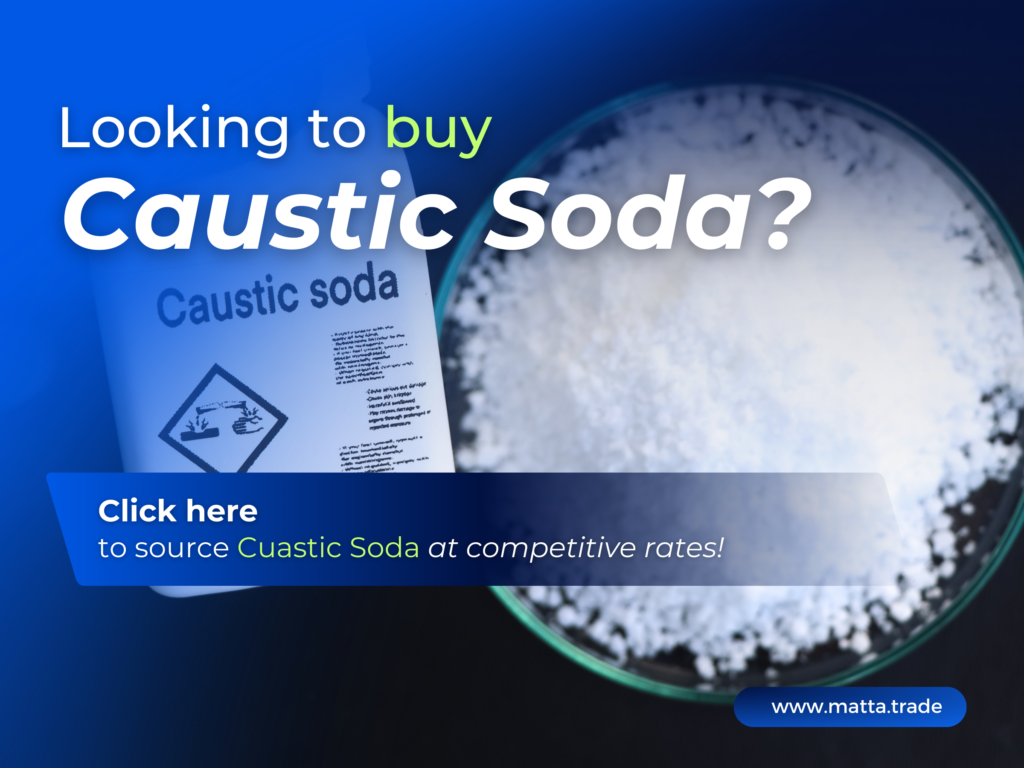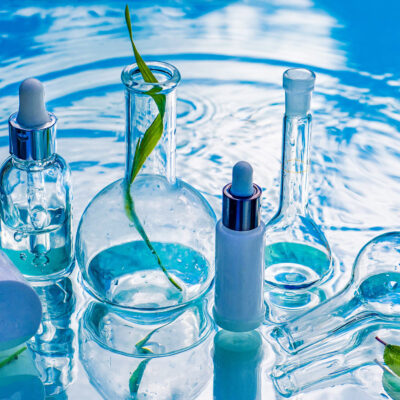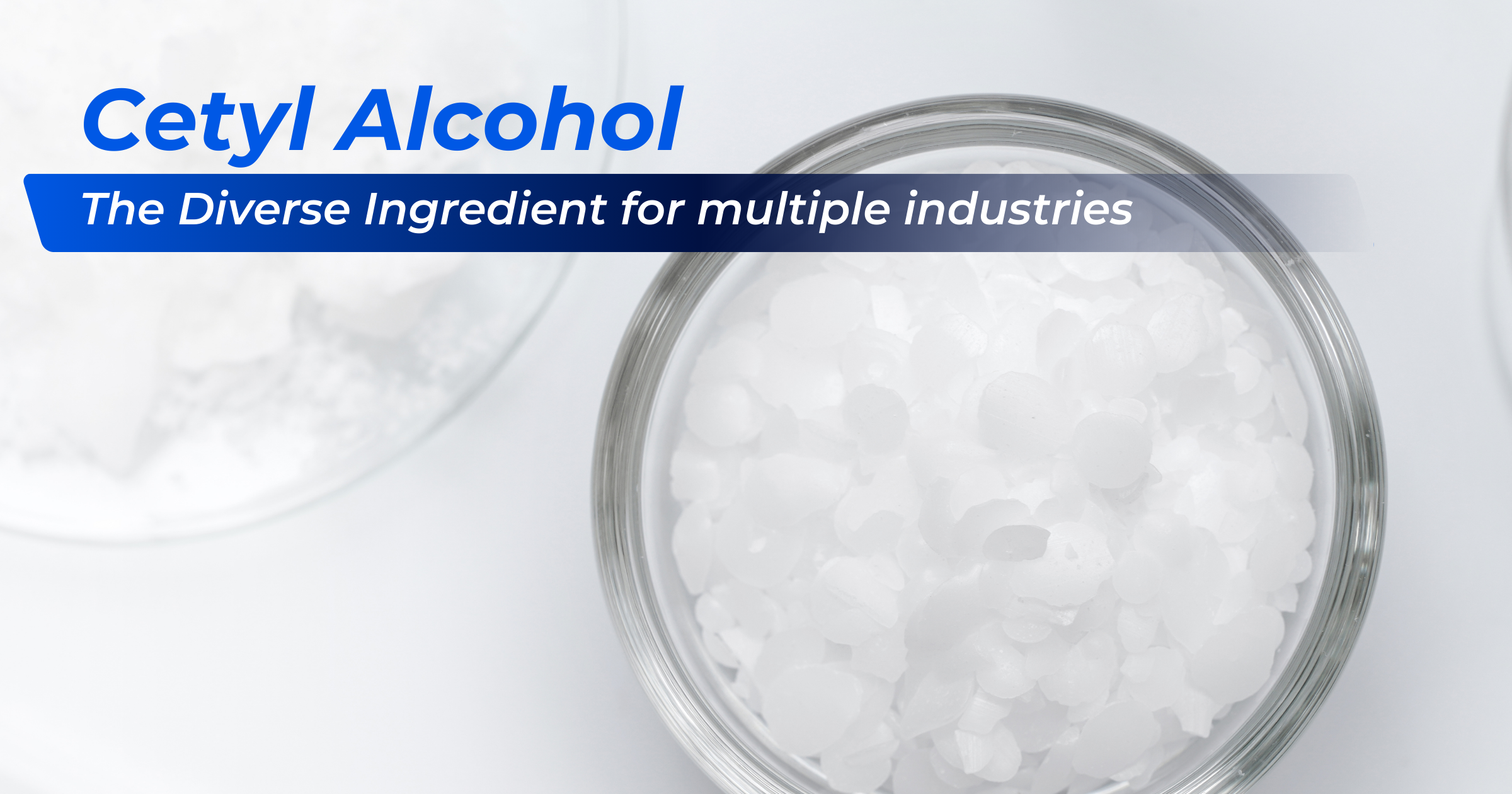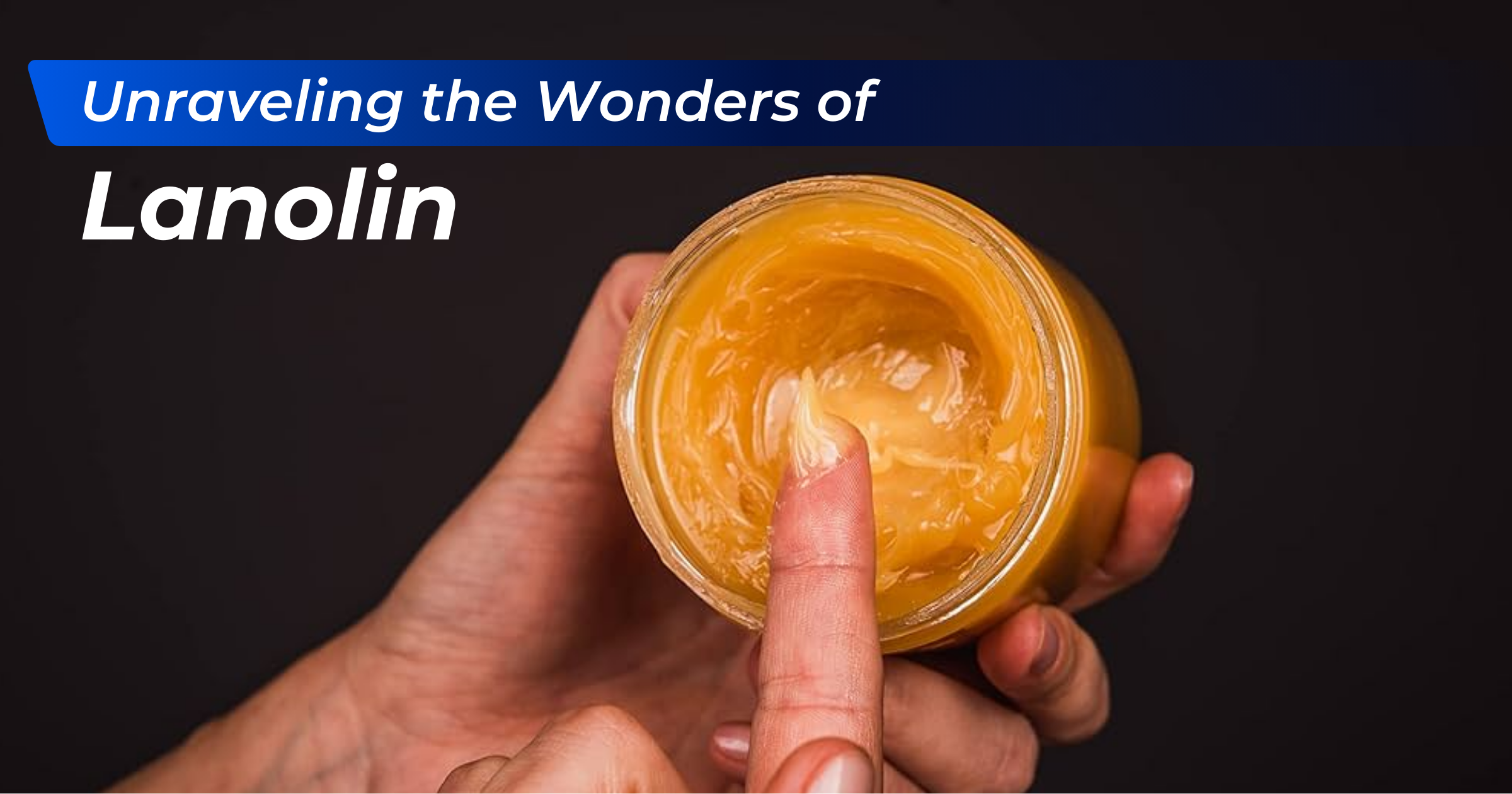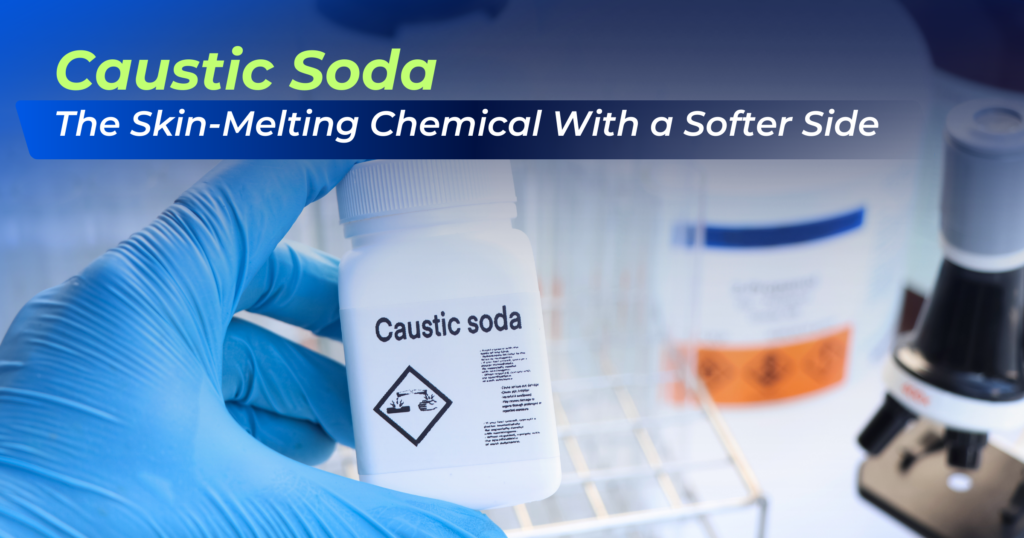
Caustic soda, also known as sodium hydroxide (NaOH), is a versatile inorganic compound with a wide range of industrial and commercial applications- the best of both worlds. The chemical is a highly acidic metallic base and alkali salt that readily absorbs moisture and carbon dioxide from the air.
Imagine a chemical so potent it can sculpt steel, unravel grease with a touch, and strip paint with a hiss. Yet, this same versatile chemical can cradle the delicate threads of clothes, making them more vibrant. This, in essence, is the captivating paradox of caustic soda, a chemical whose reputation as a skin-melting juggernaut belies a hidden, softer side.
In this brief exploration, we will embark on a comprehensive journey through the world of caustic soda. We will dismantle the preconceived notions of its brute force, revealing a nuanced balance of chemical reactions and transformative power.
From its humble beginnings in ancient soap traditions to its reign as the backbone of the modern soap industry, we will trace the fascinating history of this versatile molecule.
But this is not merely a technical treatise with chemical jargon. We will also delve into Caustic Soda’s diverse applications, from unclogging mundane drains to crafting life-saving pharmaceuticals. We will also explore its potent nature, asking how to harness its power responsibly and sustainably.
So, prepare to learn and take the mantle of a 10-year-old geek’s scientific curiosity.
Are you ready to unravel the enigma of caustic soda? Let us begin.
Introduction to Caustic Soda
Caustic soda has several names, including lye and sodium hydrate. Historically, “Lye” referred to caustic soda derived mainly from leaching wood ashes. Lye has been utilised for centuries as a detergent and in soapmaking. The method for industrial production of caustic soda from salt was developed in the late 18th century. Today, caustic soda is commercially manufactured through the electrolysis of a sodium chloride (NaCl) solution.
What is the Caustic Soda Formula?
Caustic soda is a white, solid, highly corrosive material sold commercially in liquid, solid, and granular forms. The chemical dissolves rapidly in water or acids while generating substantial heat. Caustic soda exhibits a high pH, neutralises acids, and raises pH levels.
Caustic soda production primarily uses the electrolytic chloralkali process, which involves several stages:
- Brine Preparation: A saturated brine solution containing 25-30% sodium chloride is prepared as the electrolyte.
- Electrolytic Cell: The brine enters an electrolytic cell, separated by a membrane that prevents the mixing of products.
- Electrolysis: Electric current initiates reactions:
- At the anode: 2Cl⁻ → Cl₂ + 2e⁻ (chlorine gas)
- At the cathode: 2Na⁺ + 2H₂O + 2e⁻ → 2NaOH + H₂ (sodium hydroxide)
- Product Separation: Chlorine and hydrogen gases are collected, while sodium hydroxide undergoes purification and concentration.
- Environmental Controls: Facilities implement advanced technologies to minimize emissions, with co-produced gases often utilized in other industries.
Alternative Production Methods
While electrolysis dominates the commercial production landscape, other methods for obtaining caustic soda exist, including:
- Lime-soda process: This traditional method uses calcium hydroxide (lime) to precipitate calcium carbonate from calcium-rich brine, leaving behind a solution rich in sodium hydroxide. However, electrolysis has primarily superseded it due to its lower efficiency and higher environmental impact.
- Mercury cell process: This historical method utilises mercury as a cathode material. However, due to environmental concerns and stricter regulations, it has been largely phased out in favour of membrane-based electrolysis.
Industrial Uses of Caustic Soda
Caustic soda, or sodium hydroxide (NaOH), is a versatile chemical with many industrial applications. Its potent properties, from dissolving fats and oils to adjusting pH levels, make it a vital ingredient in various sectors. Let’s explore some key industries and their practical uses of this ubiquitous chemical:
Caustic soda has diverse and critical applications across various industries, showcasing its versatility and importance.
- Pulp and Paper (Approx. 7 million tons globally per year): In papermaking, caustic soda is essential for bleaching wood pulp, brightening paper quality while consuming about 40% of its global use. Additionally, during the Kraft process, it breaks down wood fibers, contributing to approximately 30% of caustic soda’s application in this sector. Moreover, it aids in recovering chemicals and fibers from wastewater, promoting sustainability.
- Chemical Production (Approx. 4 million tons globally per year): Caustic soda serves as a base material for producing various chemicals, such as sodium hypochlorite and sodium chlorate. Furthermore, it neutralizes acidic solutions and acts as a catalyst, optimizing conditions for chemical reactions.
- Soap and Detergent Manufacturing (Approx. 2 million tons globally per year): In soap production, caustic soda initiates saponification, transforming fats into soap molecules. Its cleaning power dissolves dirt and enhances the viscosity of detergents.
- Aluminum Production (Approx. 2 million tons globally per year): The Bayer process relies on caustic soda to extract alumina from bauxite ore, with over 90% of its usage in this industry. It also purifies alumina and aids in recycling aluminum scrap.
- Other Applications: Caustic soda mercerizes textiles, adjusts pH in food processing, treats water by neutralizing acidic wastewater, and catalyzes biodiesel production.
In summary, caustic soda’s unique properties make it indispensable across various sectors.
Please Remember: These figures are global estimates and may vary depending on specific regions and industry practices.
Caustic Soda Applications in Liquid Soap
Caustic soda is crucial in soap production, contributing to the unique structure of soap molecules, which feature a hydrophilic (water-attracting) end and a hydrophobic (water-repelling) end. This structure enables soaps to surround oily substances, allowing them to be suspended in water for rinsing.
Using caustic soda for liquid soap offers several benefits: it ensures a rapid and complete saponification reaction, resulting in higher soap yields. It produces soap with excellent solvency properties, high cleansing capabilities, and a translucent to clear appearance, giving liquid soaps their ideal viscosity.
Tips for formulating liquid soap with caustic soda
- Use oils high in oleic acid, such as olive, almond, avocado, or canola oil, for mild, stable soaps.
- Add coconut or palm kernel oil for lather but limit to 30%.
- The caustic soda should be 18-25% of the total oil weight, with a super fat of 3-8%.
- After dissolving the soda in water, blend oils slowly, heat the mixture, and add desired additives before diluting to a 20-30% soap concentration.
An Overview of the Global Caustic Soda Market
The global caustic soda market was valued at USD 48.58 billion in 2021 and is projected to grow at a CAGR of 5.4% from 2022 to 2030. Key drivers of this growth include rising demand from sectors such as alumina, pulp and paper, textiles, soaps, detergents, and organic chemicals.
Asia Pacific dominated the market, accounting for over 45% of global volume in 2021, with China as the leading producer. Major global players include Dow, Olin Corporation, Tata Chemicals, and Solvay.
Caustic soda pricing fluctuates with supply and demand dynamics. Following a price spike in 2018, prices fell during the pandemic but rebounded in 2021. Future prices are expected to remain stable, influenced by new production capacities and economic conditions.
Safety Considerations When using caustic soda
Caustic soda, or sodium hydroxide, is highly corrosive and can cause severe skin burns and eye damage. Proper protective equipment—such as chemical-resistant gloves, goggles, face shields, and protective clothing—is essential when handling it. Avoid direct contact with both solid and liquid forms, and clean spills immediately with neutralizing agents.
Store caustic soda in a cool, dry, well-ventilated area, away from incompatible materials like acids and metals. Containers should be labeled and sealed when not in use, with restricted access to prevent accidental exposure. Ensure proper ventilation to limit inhalation risks.
In case of exposure, rinse affected areas with water for at least 15 minutes and seek medical attention for eye contact. Wastewater containing caustic soda must be neutralized before disposal, as it can harm aquatic life by raising the pH of water and soil. Implementing safe handling and disposal practices minimizes ecological impacts.
Caustic Soda Alternatives
With growing concerns about caustic soda’s safety and environmental impact, many industries are exploring alternatives. Here are some of the main options:
- Potassium hydroxide (KOH) – Potash is another strong alkali that can potentially replace caustic soda in some applications. It is more expensive but less hazardous.
- Sodium carbonate – Also called soda ash, this alkaline chemical is weaker than c soda but still effective for some uses like removing grease. It is safer for skin contact.
- Ammonium hydroxide – Made from ammonia gas dissolved in water, this alkali can substitute caustic soda in some cleaning products. It is irritating but not as corrosive.
- Citric acid – Made from citrus fruits, citric acid is a weak organic acid that can be used as a cleaner and water softener. It is non-toxic and readily biodegradable.
- Lactic acid – Found in sour milk and some plants, lactic acid is another weak acid that can replace caustic soda in cleaning products. It is gentler on the skin.
- Acetic acid – The main component of vinegar is an effective grease-cutter. It is safer than caustic soda.
Caustic soda is often the cheapest alkali available, making alternatives more expensive. However, switching for your employee safety or sustainability goals may justify the higher prices. When factoring in the hazards of caustic soda, the total costs over time could be lower with an alternative.
The Future of Caustic Soda
The future looks bright for continued soda demand and new applications. Here are some key trends to watch:
Emerging Applications
- With its versatility as a strong base, it is being explore for new uses like greener biodiesel fuel manufacturing and processing agricultural waste into renewable chemicals. Research is underway to find more sustainable ways to utilise caustic soda.
- The usage of lithium-ion batteries is increasing as electric vehicles gain popularity. Caustic soda is needed to manufacture battery electrodes and electrolytes. This presents a significant growth avenue as EVs enter the mainstream.
- Caustic soda’s solvent properties make it useful for pre-treating biomass in cellulosic biofuel production. Pilot projects are demonstrating its effectiveness in breaking down fibrous material for conversion into ethanol.
Supply/Demand Forecasts
- Global caustic soda demand is projected to rise steadily at 3-4% annually through 2025, spurring capacity expansions and new plants in North America and Asia. Tight supply is expected in the near term until new capacity comes online.
- China will drive much of the growth as its domestic manufacturing expands. Meanwhile, it exports from the US will likely decline due to disadvantageous costs compared to Asia.
- On the supply side, new membrane cell technology and plant productivity gains should increase output and efficiency while reducing energy usage per ton. This can help meet rising demand.
Technology Innovations
- Membrane cell technology will continue displacing the mercury-based chloralkali process for this soda production in most regions, improving environmental performance.
- Investments are being made to use renewable energy sources like solar and wind to power caustic soda production, reducing its carbon footprint.
- Automation and AI will improve this plant operation, lowering labour requirements and enhancing quality control.
- New materials like nickel and titanium are being adopt for equipment in caustic soda production, boosting performance and lifetime vs traditional steel.
Wrapping up…
As the saying goes, there are two sides to everything, and caustic soda is no exception. This duality makes it both versatile and highly demanded across various industries. While it possesses corrosive power, it also offers transformative capabilities.
However, the rise of green cleaning products raises questions about caustic soda’s household dominance. Its critical role in industrial processes prompts ongoing discussions about safer handling and environmental impact.
As we conclude our exploration, it’s clear that respect and caution are essential. Caustic soda’s true nature lies in the balance between its potency and its potential. Thank you for joining us on this journey—stay curious, informed, and safe!
